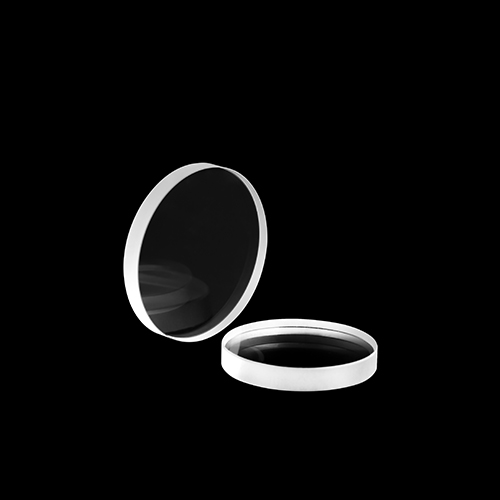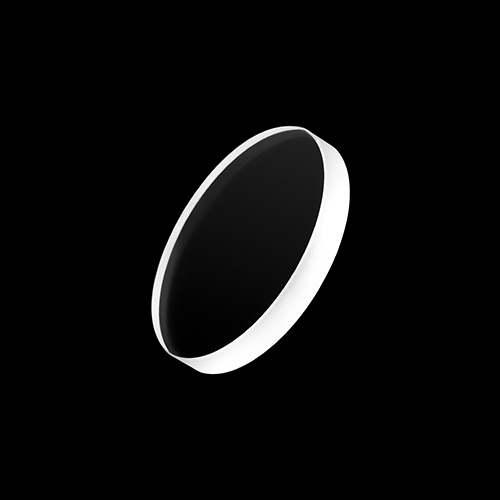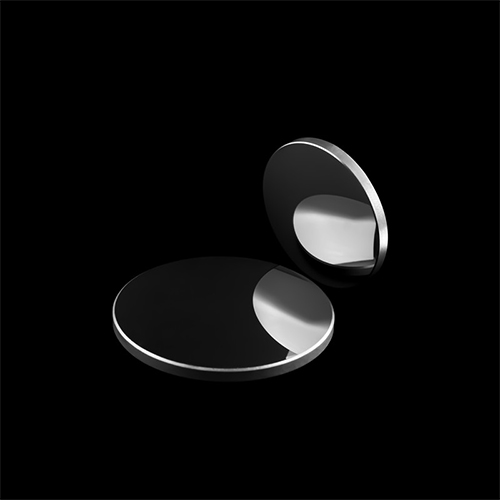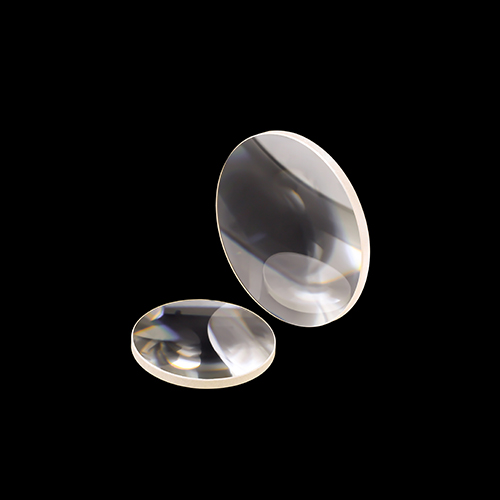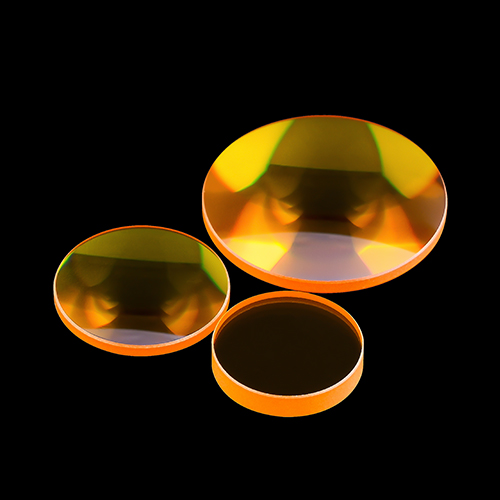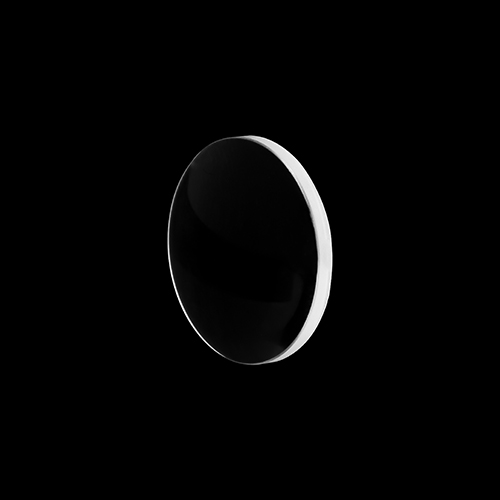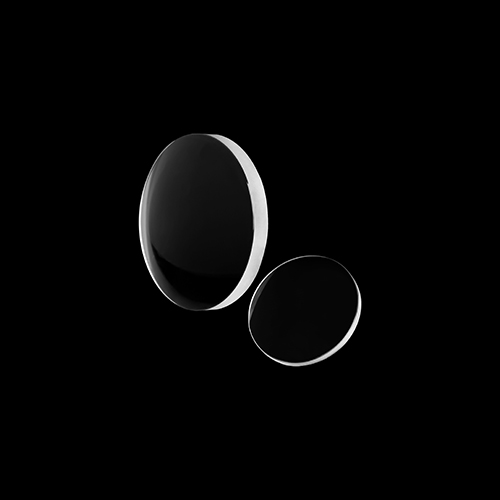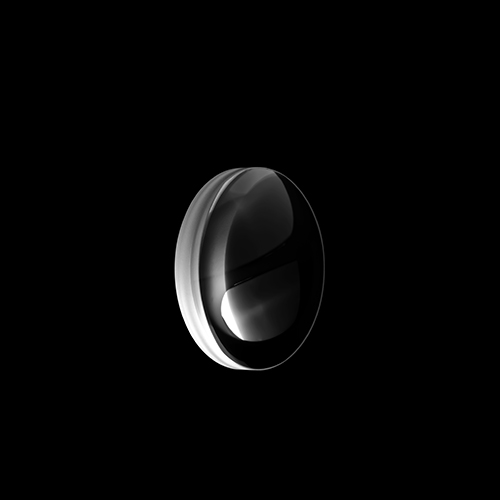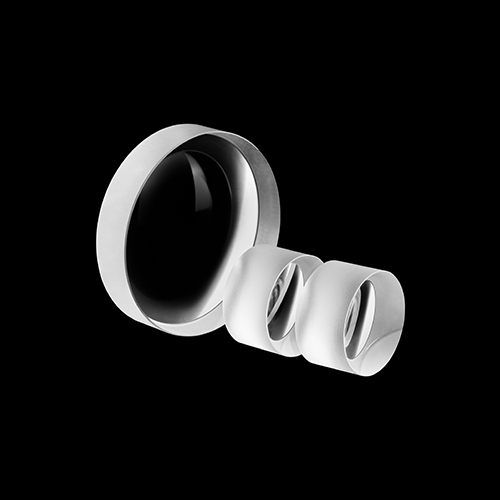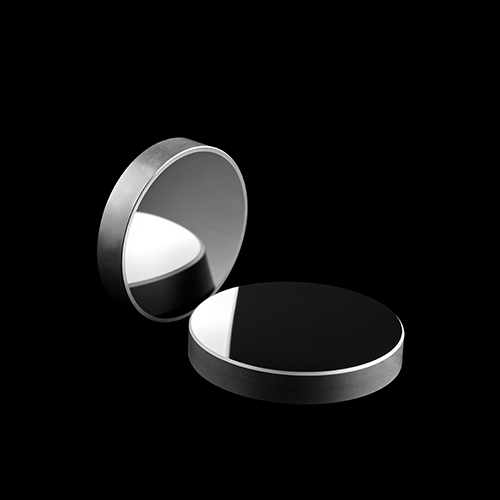An aspherical lens is a special type of lens whose refractive surface is a curved surface of an aspherical surface. Compared to spherical lenses, non spherical lenses have a better curvature radius and can maintain good aberration correction to achieve the required performance. So what are the differences between non spherical lenses and spherical lenses?
Curvature shape and focal length characteristics
The curvature of a spherical lens is constant, meaning that the surface in front of and behind the lens is a part of the spherical surface, respectively. Each surface can be convex (protruding outward from the lens), concave (concave entering the lens), or "flat" (flat). The line connecting the center points of the spherical surface before and after the lens is called the optical axis of the lens. In almost all cases, the optical axis of the lens will pass through the physical center of the lens. The curvature radius of non spherical lenses varies with the central axis and has a better curvature radius, which can maintain good aberration correction.
imaging quality
Non spherical lenses can focus based on the position and angle of light incidence, which can improve the clarity and resolution of imaging. Spherical lenses are prone to producing aberrations at the edges and off axis areas, which can lead to image blurring or distortion.
Eliminate color difference
Non spherical lenses can reduce or eliminate chromatic aberration by optimizing the curvature and thickness distribution of the lens. Traditional spherical lenses are difficult to eliminate chromatic aberration due to the limitations of spherical shape, while non spherical lenses can better achieve the focusing of various colored components of light at the focal point.
Size and weight
Compared to spherical lenses, aspherical lenses can adopt thinner and lighter designs to achieve the same function, making optical systems more compact and portable.
Application scope
Non spherical lenses have a wide range of applications in optical instruments, laser systems, photographic lenses, and other fields, especially when high imaging quality and color difference elimination are required. Spherical lenses still have their application value in certain specific situations such as glasses, microscopes, telescopes, etc.
The above is an answer to the differences between non spherical lenses and spherical lenses. We hope it will be helpful to you. If you have any questions, please feel free to consult or leave a message online.

